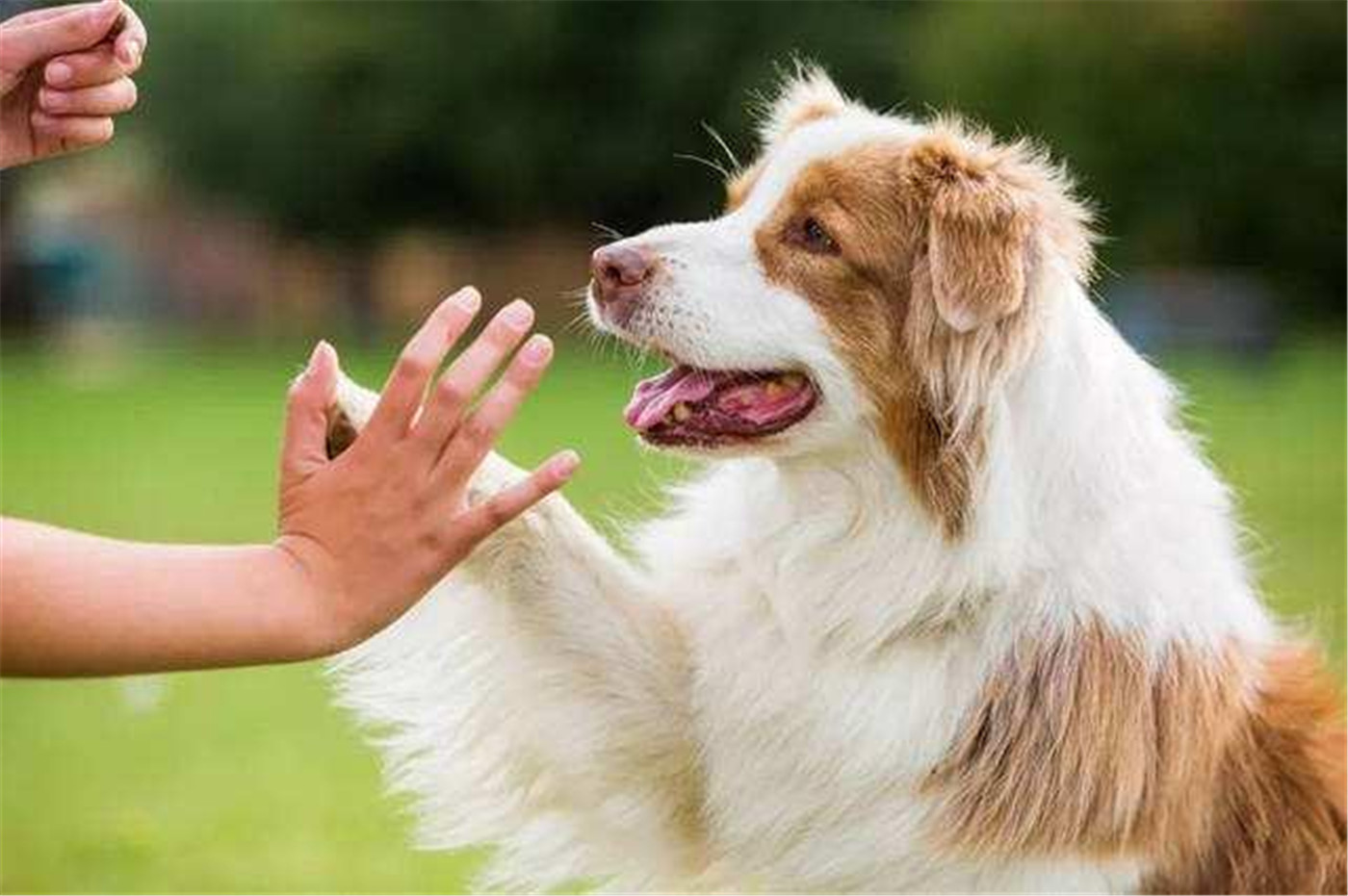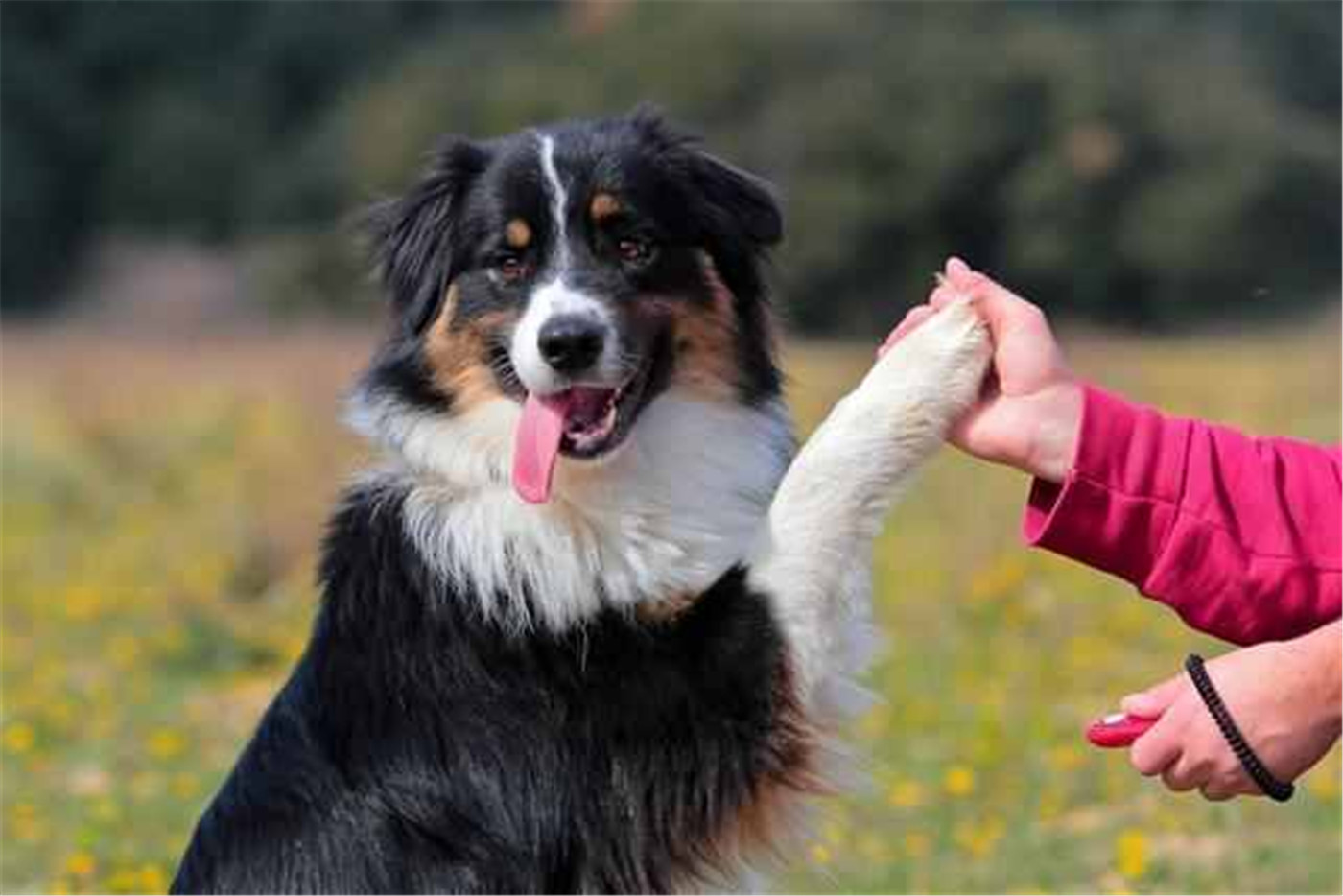With the continuous improvement of material living standards, people pay more and more attention to emotional needs, and seek companionship and emotional sustenance by keeping pets. With the expansion of pet breeding scale, people's consumption demand for pet products, pet food and various pet services continues to increase, and the characteristics of diversified and personalized demand are becoming more and more obvious, which drives the rapid development of the pet industry.

The pet industry has experienced more than a hundred years of development history, and has formed a relatively complete and mature industrial chain, including pet trading, pet products, pet food, pet medical care, pet grooming, pet training and other sub-sectors; among them, the pet product industry It belongs to an important branch of the pet industry, and its main products include pet household leisure products, hygiene and cleaning products, etc.
1. Overview of foreign pet industry development
The global pet industry sprouted after the British Industrial Revolution, and it started earlier in developed countries, and all links in the industrial chain have developed relatively maturely. At present, the United States is the largest pet consumer market in the world, and Europe and emerging Asian markets are also important pet markets.
(1) American pet market
The pet industry in the United States has a long history of development. It has gone through the process of integration from traditional pet retail stores to comprehensive, large-scale and professional pet sales platforms. At present, the industry chain is quite mature. The US pet market is characterized by a large number of pets, a high household penetration rate, a high per capita pet consumption expenditure, and a strong demand for pets. It is currently the largest pet market in the world.
In recent years, the scale of the US pet market has continued to expand, and pet consumption expenditure has increased year by year at a relatively stable growth rate. According to the American Pet Products Association (APPA), consumer spending in the U.S. pet market will reach $103.6 billion in 2020, exceeding $100 billion for the first time, an increase of 6.7% over 2019. In the ten years from 2010 to 2020, the market size of the US pet industry has grown from US$48.35 billion to US$103.6 billion, with a compound growth rate of 7.92%.
The prosperity of the U.S. pet market is due to comprehensive factors such as its economic development, material living standards, and social culture. It has shown strong rigid demand since its development and is very little affected by the economic cycle. In 2020, affected by the epidemic and other factors, the U.S. GDP experienced negative growth for the first time in ten years, down 2.32% year-on-year from 2019; despite poor macroeconomic performance, U.S. pet consumption expenditures still showed an upward trend and remained relatively stable. An increase of 6.69% compared to 2019.

The penetration rate of pet households in the United States is high, and the number of pets is large. Pets have now become an important part of American life. According to APPA data, approximately 84.9 million households in the United States owned pets in 2019, accounting for 67% of the total households in the country, and this proportion will continue to rise. The proportion of households with pets in the United States is expected to increase to 70% in 2021. It can be seen that pet culture has a high popularity in the United States. Most American families choose to keep pets as companions. Pets play an important role in American families. Under the influence of pet culture, the U.S. pet market has a large quantity base.
In addition to the high penetration rate of pet households, the US per capita pet consumption expenditure also ranks first in the world. According to public information, in 2019, the United States is the only country in the world with a per capita pet care consumption expenditure of more than 150 US dollars, much higher than the second-ranked United Kingdom. The high per capita consumption expenditure of pets reflects the advanced concept of raising pets and pet consumption habits in American society.
Based on comprehensive factors such as strong pet demand, high household penetration rate, and high per capita pet consumption expenditure, the market size of the US pet industry ranks first in the world and can maintain a stable growth rate. Under the social soil of the prevalence of pet culture and strong demand for pets, the US pet market continues to undergo industry integration and extension, resulting in many large-scale domestic or cross-border pet product sales platforms, such as comprehensive e-commerce platforms such as Amazon, Wal-Mart, etc. Comprehensive retailers, pet product retailers such as PETSMART and PETCO, pet product e-commerce platforms such as CHEWY, pet product brands such as CENTRAL GARDEN, etc. The above-mentioned large-scale sales platforms have become important sales channels for many pet brands or pet manufacturers, forming product collection and resource integration, and promoting the large-scale development of the pet industry.
(2) European pet market
At present, the scale of the European pet market is showing a steady growth trend, and the sales of pet products are expanding year by year. According to the data of the European Pet Food Industry Federation (FEDIAF), the total consumption of the European pet market in 2020 will reach 43 billion euros, an increase of 5.65% compared with 2019; among them, the sales of pet food in 2020 will be 21.8 billion euros, and the sales of pet products will be 92 billion euros. billion euros, and pet service sales were 12 billion euros, an increase compared to 2019.
The household penetration rate of the European pet market is relatively high. According to FEDIAF data, about 88 million households in Europe own pets in 2020, and the penetration rate of pet households is about 38%, which is a growth rate of 3.41% compared to 85 million in 2019. Cats and dogs are still the mainstream of the European pet market. In 2020, Romania and Poland are the countries with the highest pet household penetration rates in Europe, and the household penetration rates of cats and dogs both reached about 42%. The rate also exceeds 40%.
Industry development opportunities
(1) The scale of the downstream market of the industry continues to expand
With the increasing popularity of the concept of pet keeping, the market size of the pet industry has shown a gradually expanding trend, both in foreign and domestic markets. According to data from the American Pet Products Association (APPA), as the largest pet market in the United States, the market size of the pet industry increased from US$48.35 billion to US$103.6 billion in the ten years from 2010 to 2020, with a compound growth rate of 7.92%; According to data from the European Pet Food Industry Federation (FEDIAF), the total pet consumption in the European pet market in 2020 reached 43 billion euros, an increase of 5.65% compared to 2019; the Japanese pet market, which is the largest in Asia, has shown steady growth in recent years. growth trend, maintaining an annual growth rate of 1.5%-2%; and the domestic pet market has entered a stage of rapid development in recent years. From 2010 to 2020, the size of the pet consumption market has rapidly increased from 14 billion yuan to 206.5 billion yuan, with a compound growth rate of 30.88%.
For the pet industry in developed countries, due to its early start and relatively mature development, it has shown strong rigid demand for pets and pet-related food products. It is expected that the market size will remain stable and rising in the future; China is an emerging market in the pet industry. Market, based on factors such as economic development, the popularization of the concept of pet keeping, changes in family structure, etc., it is expected that the domestic pet industry will continue to maintain a rapid growth trend in the future.
In summary, the deepening and popularization of the concept of pet keeping at home and abroad has driven the vigorous development of the pet and related pet food and supplies industry, and will usher in greater business opportunities and development space in the future.
(2) Consumption concepts and environmental awareness promote industrial upgrading
Early pet products only met the basic functional requirements, with single design functions and simple production processes. With the improvement of people's living standards, the concept of "humanization" of pets continues to spread, and people are paying more and more attention to the comfort of pets. Some countries in Europe and the United States have introduced laws and regulations to strengthen the protection of the basic rights of pets, improve their welfare, and strengthen municipal cleaning supervision of pet keeping. Multiple related factors have prompted people to continuously increase their demands for pet products and their willingness to consume. Pet products have also become multi-functional, user-friendly and fashionable, with accelerated upgrading and increasing product added value.
At present, compared with developed countries and regions such as Europe and the United States, pet products are not widely used in my country. As the willingness to consume pets increases, the proportion of pet products purchased will also increase rapidly, and the resulting consumer demand will effectively promote the development of the industry.
Post time: Dec-13-2023









